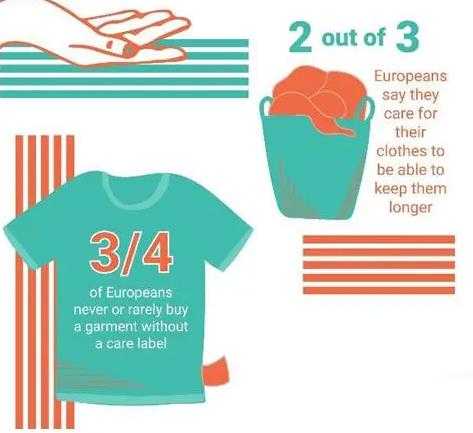Basis And Facts Of Textile Industry

The basis for the growing textile recycling industry is, of course, the textile industry itself. The textile industry has evolved into a $1 trillion industry globally, comprising clothing, as well as furniture and mattress material, linens, draperies, cleaning materials, leisure equipment, and many other items.
There are some caveats, however. As Greenpeace cautioned in a 2016 press release, the "technological challenges mean full recycling of clothing into new fibers is still far from commercially viable." Even the recovery and sale of used clothing has been a controversial topic, especially for export to developing nations.
Interesting Facts About Textile and Garment Recycling:
More than 15 million tons of used textile waste is generated each year in the United States, and the amount has doubled over the last 20 years. In 2014, over 16 million tons of textile waste was generated, according to the Environmental Protection Agency. Of this amount, 2.62 million tons were recycled, 3.14 million tons were combusted for energy recovery, and 10.46 million tons were sent to the landfill. An average American throws away approximately 80 pounds of used clothing per person per year. On average, nationally, it costs cities $45 per ton to dispose of old clothing. Synthetic clothing may take hundreds of years to decompose.
Only about 0.1% of recycled fiber collected by charities and take-back programs is recycled into new textile fiber.
Consumers are regarded as the main culprit for throwing away their used clothing, as only 15 percent of consumer-used clothing is recycled, whereas more than 75 percent of pre-use clothing is recycled by the manufacturers.
The average person buys 60 percent more items of clothing every year and keeps them for about half as long as 15 years ago, generating a huge amount of waste.
The average lifetime of a piece of clothing is approximately 3 years.
Nearly 100 percent of textiles and clothing are recyclable.
The annual environmental impact of a household’s clothing is equivalent to the water needed to fill 1,000 bathtubs and the carbon emissions from driving an average modern car for 6,000 miles.
If the average life of clothing was extended by just three months, it would reduce their carbon and water footprints, as well as waste generation, by five to 10 percent. The recycling of two million tons of clothing per year equates to taking one million cars from U.S. streets.
More than 70 percent of the world's population uses secondhand clothing. About 50 percent of collected shoes and clothing is used as secondhand products. Meanwhile, 20 percent is used to produce polishing and cleaning cloths for various industrial purposes, and 26 percent is recycled for applications such as fiber for insulation products, upholstery, fiberboard, and mattresses.
The United States textile recycling industry removes approximately 2.5 billion pounds of post-consumer textiles each year from the waste stream, and the industry creates more than 17,000 jobs. Among this workforce, 10,000 are semi-skilled workers employed in the primary processing of used textile; the remaining 7,000 employees are employed in the final processing stage. There are more than 500 garment-recycling companies in the U.S. and a majority of these companies are owned and operated by small and family businesses, each of which employs 35 to 50 workers.
As per the Council for Textile Recycling, nearly one-half of used clothing is given to charities by the general public. Charities distribute and sell this clothing free of charge or at low prices. And 61 percent of reusable and recyclable textiles are exported to other countries.
2019-11-15 18:05

